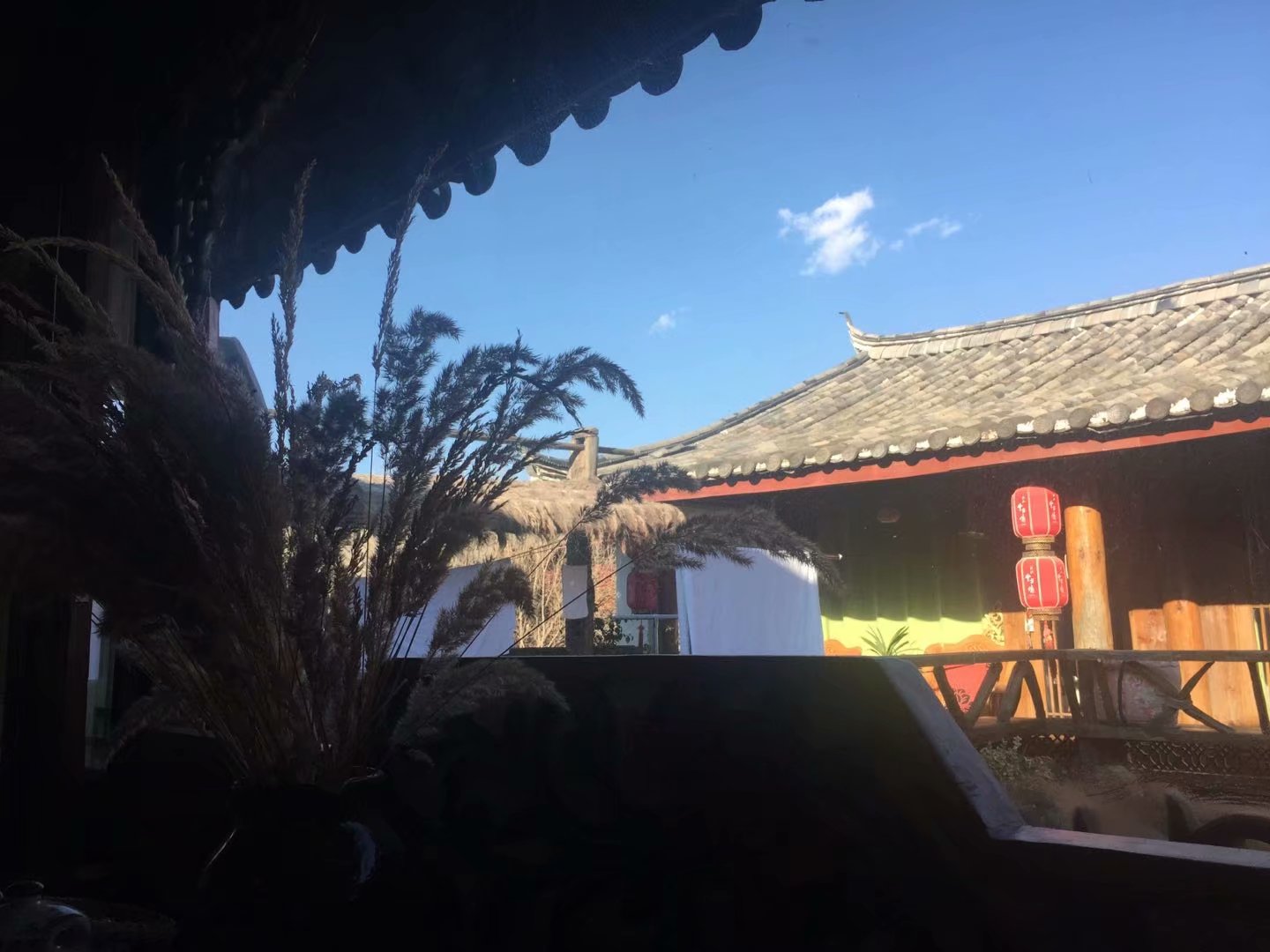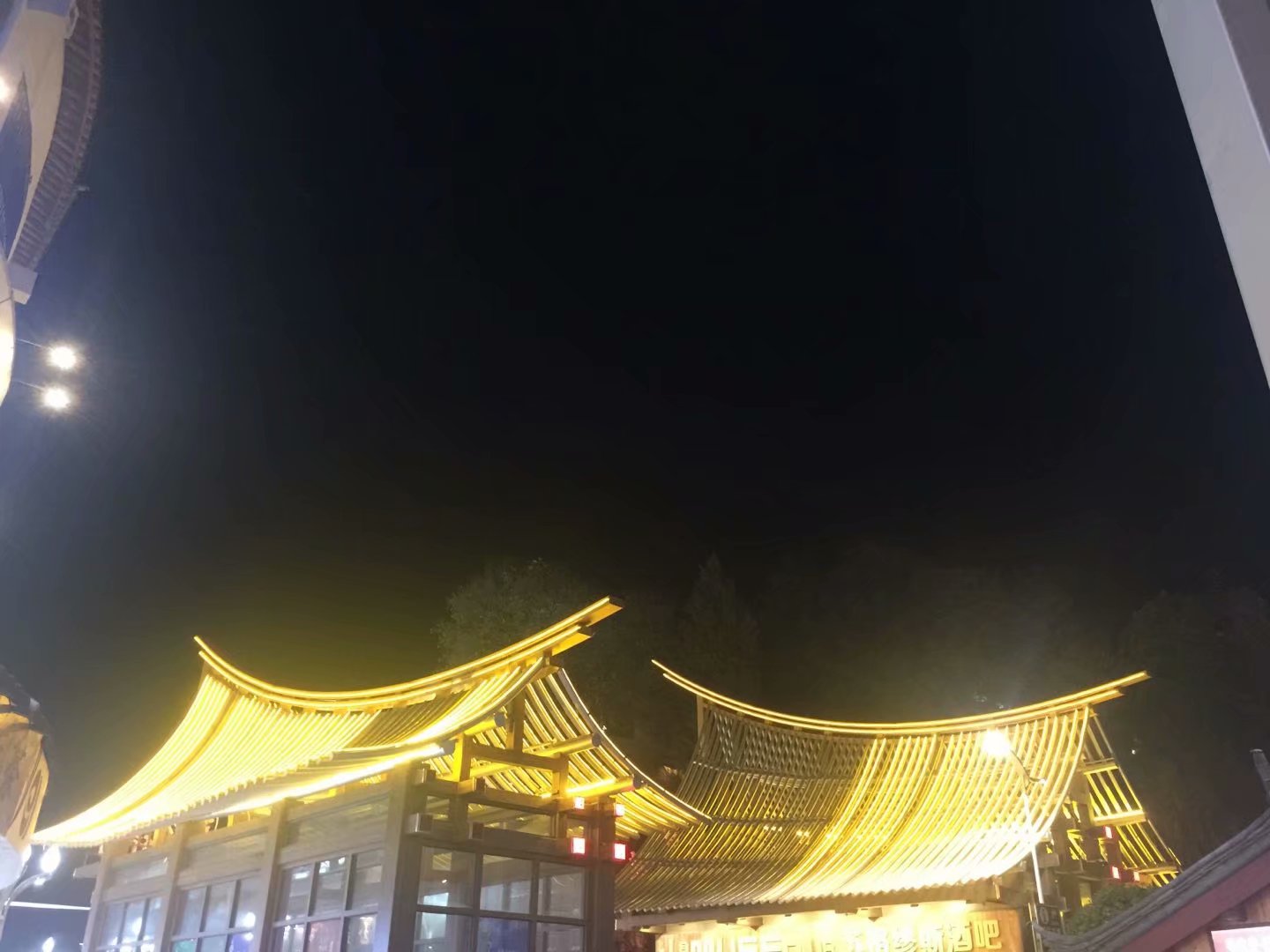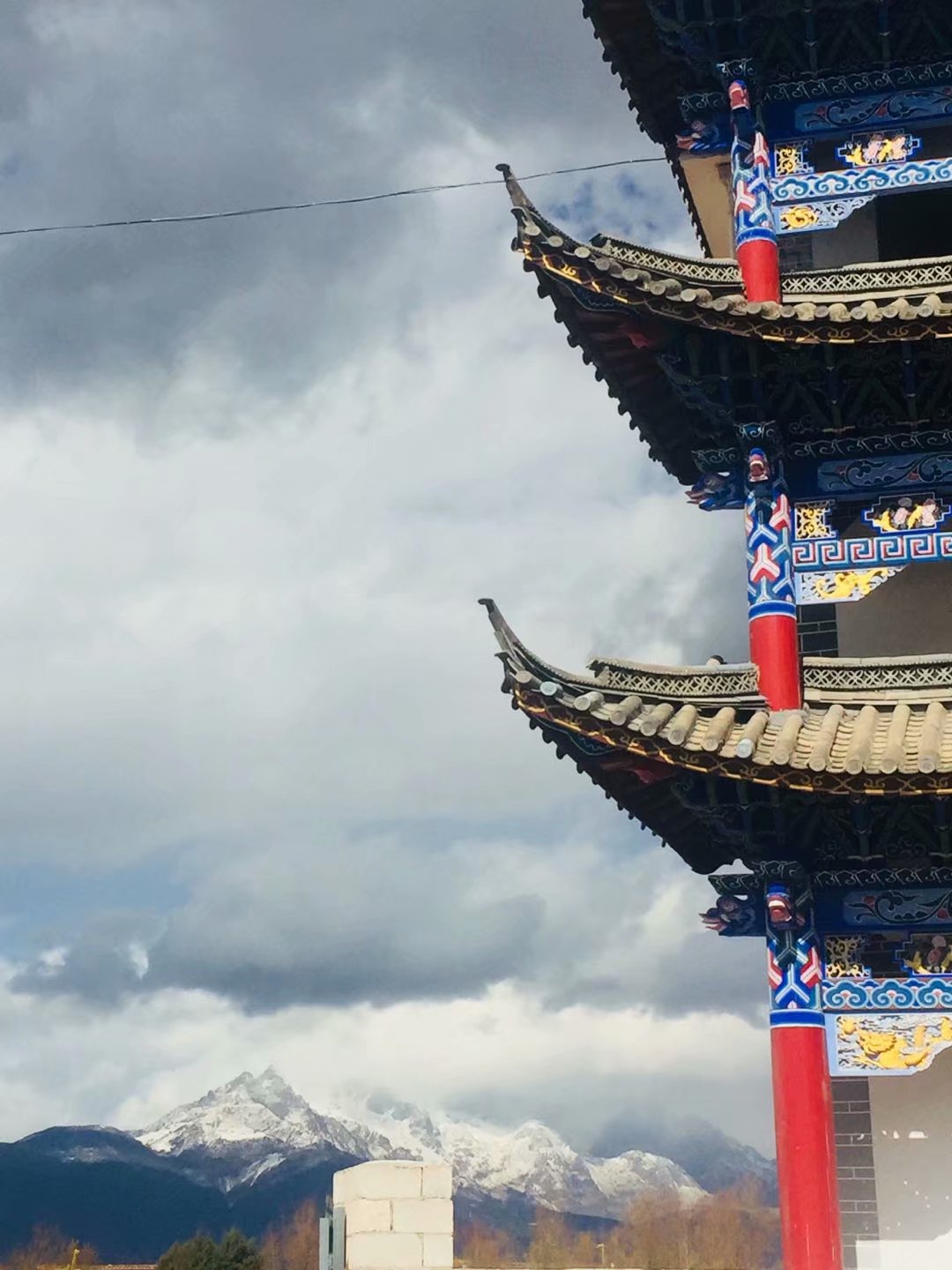As
someone from Sichuan, I had of course heard about Lijiang since I was a kid,
not just because of its location in the adjacent province, Yunnan, but because
it also carries the distinction of being one of China’s renowned ancient towns.
My impression and understanding of Lijiang was, however, just that, an ancient
town, not different from any other of the multitude of ancient towns that dot China:
always packed with tourists and an endless array of souvenir shops. My husband,
on the other hand, had been wanting to visit Lijiang for years (a long time!).
Lijiang,
a picture-perfect town located in the northwest wing of the butterfly-shaped
Yunnan Province, was in the glory days of the Silk Road, a trading town on the
southern branch of this ancient tea road, a welcome respite indeed for the
travellers passing through.
Our boutique hotel owner coincidentally called as soon as we landed on the back seat of the taxi. “Please wait at the south entrance, … I’ll come to pick you up. See you soon.” We soon realized that the Old Town is closed to all vehicular traffic, including silent-killer scooters.
The
owner greeted us with smiles and helped carry my bag as we zigzagged for ten
minutes through the cobble-stone alleys fronted with a variety of tourist,
ethnic food, and jewelry shops, restaurants, mini hair-braiding salons, and a
variety of tea stands and stores, as my husband concernedly pulled the suitcase
behind with the rumble of cobble-stones menacing the suitcase wheels.
We were welcomed with fresh tea at the front desk, or rather what appeared to be the owner’s favorite room, tastefully decorated with old dark walnut brown furniture and tea paraphernalia, complete with a gongfu ‘cha’ table, all the while enclosed by open Chinese style windows that faced onto the tiny but cozy courtyard. “Welcome!” bellowed his mother in a smiley cheerful voice. The owner himself had travelled to Lijiang a few years back and became enamored with the place. He sold his apartment in Shenzhen, packed up the family, and bought the wooden structure, converting it into small courtyard style boutique hotel. Located in a narrow alleyway off one of the main alley arteries and nestled in tranquility, it exuded a classical simplicity.
From
our court-yard facing room window, we rested on the light green cushioned sofa,
looked upon the black-tiled roofs of the eastern part of the town, and
contentedly viewed a deep blue sky overhead with only a few puffy white clouds
threatening something, but no matter, as the day before, we were suffering the
gloom of grey that hung in Chengdu. As we talked, sipping green tea, we turned
our attention to observing the room and its simple yet traditional ambience,
the bed complete with net curtains fit for a Qing empress.
We made
a move after a brief rest, and wandered the old town. The Cobblestone lanes,
kept clean and swept, seemed to meander as they pleased, perhaps trying to out
do the stream that found itself flowing through the middle of the town. The
labyrinth of alleys, were well lit, others just by the glow of lights emanating
from a bar, restaurant, novelty shop, or inn, were alive with mostly young
people. This town seemed to cater to young couples instead of families and
seniors. Some alleys were remarkably quiet, and even along the bubbling
meandering stream, ideal for couples to romance, the small arched bridge, where
we took turns taking photos of each other, saw few of the tourists that plied
the main alleys higher up.
The
old town still has a proper open-air market, with people from nearby villages selling
their local spices, vegetables, tea, tobacco, honey, and general goods. Some of
the women traders, dressed in their colorful traditional garb, seemed more
inclined to gossip than trade, and for an instance, it felt like going back in
time. Indeed, time behaves differently here, purposefully slowed down by the
inhabitants, unintentionally by the geography of the location, and through
necessity of those who depend on the town for a livelihood. The sun began to
take refuge behind Jade Dragon Snow Mountain, yet cast a shadowy golden glow on
the market we sauntered around, my husband breaking to take a photo of both the
mountain and the golden globe it partially covered, minority women in the
foreground, with smoke from the snack vendors giving the air a gentle misting.
The
ancient town was lit up. The roofs, outlined by the warm yellowish glow of lights,
created a type of five-star resort atmosphere, encouraging a cozy peacefulness,
despite the crowds (mostly young couples). In the old town’s market square,
visitors snaked around in a dancing line, following the main Naxi dancers as
they shuffled to and thro, bending, clapping, spinning, and chanting.
In the morning, the ideal time to appreciate the town’s architecture sans people, saw my husband hunting for coffee and me hunting for a glimpse of Jade Dragon Snow mountain. Most vendors don’t get going till 10 or 11am, indicating the laid back nature of the town.
We followed the clear-water stream that led back to the market square, from which we realized the town had a hill within it’s confines. The ascent was made all the more demanding by the oversized roughly quarried stone stairs, but the climb rewarded us with a panoramic view of both the entire ancient town and the modern town, and on a clear day, distant hills that suggest a mountain range, but nothing like the goliath that solitary stands alone guarding the town.
Water
is the soul of this town. The Black Dragon Pool feeds glacial waters into the many
streams that flow through courtyards and past houses in a southerly direction. The
water, full of coy and other fish guided us to the pool on the north edge of
the town, adjacent to Elephant mountain, Jade Dragon’s much smaller companion.
From
a distance, on top of another ridge before passing through a large valley plain
on our way to Lijiang, we had glimpsed YuLong
XueShan (Jade Dragon Snow Mountain), but when entering Lijiang, all 5,596
meters of the mountain demanded to be seen, no matter from which direction one
enters the town. Even in December though, while the snowy peaks of Jade Dragon look
down on the town, the surrounding climate is mild and spring-like, making it
ideal for alpine meadows, and within Lijiang itself, flowers seem at home
anytime of the year to welcome visitors, with their vibrancy and fragrance.
Lijiang
isn’t just another ancient town, rather it's a way of life for many, attracting
the unsuspecting with its charm and tranquility, coaxing them into a new way of
life. No wonder our hotel owner made the decision to stay.












Comment